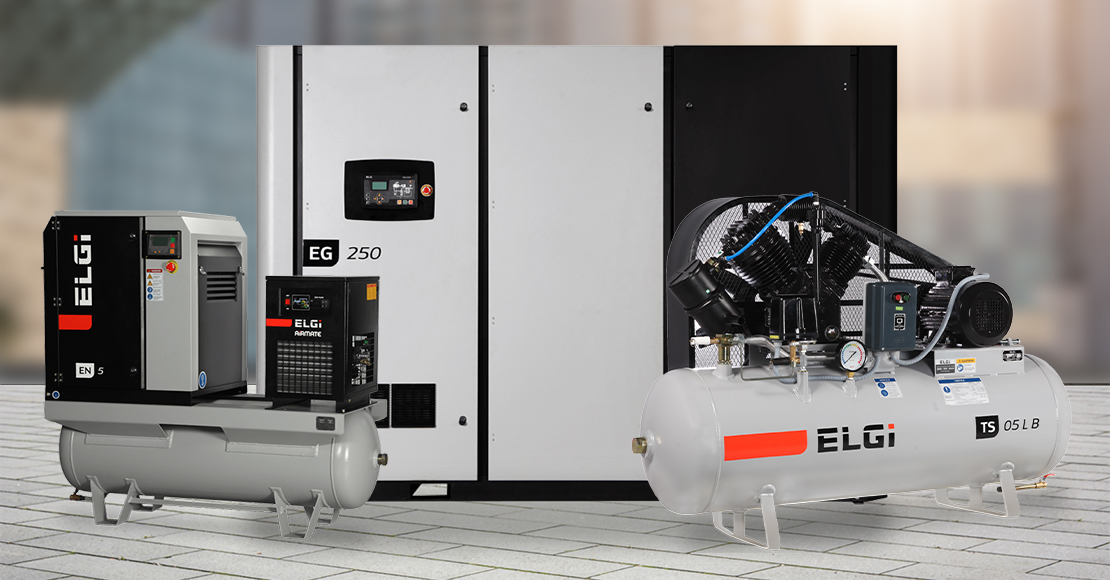What Is an Air Compressor and How Does It Work?
Air compressors are one of the most versatile and widely used machines in various industries today. By converting electrical or mechanical energy into compressed air, an air compressor powers many tools and machines that make tasks more efficient and streamlined. Whether used for construction, automotive, manufacturing, or even household applications, air compressors are an integral part of our daily lives.
Air compressors come in a wide range of sizes and types, from small, portable models to large industrial machines capable of powering entire factories. Their functionality, design, and applications vary depending on the needs of the user. In this comprehensive guide, we will explore the fundamentals of air compressors, how they work, and the different types available, with a focus on Oil-Free Rotary Screw Air Compressors, Oil-Lubricated Rotary Screw Air Compressors, and Reciprocating Air Compressors (2HP to 40HP).
What Is an Air Compressor?
An air compressor is a device that takes in atmospheric air and uses energy to compress it, making it denser and storing it at higher pressure. Once stored, this compressed air can be used to power tools, machinery, or systems requiring a steady flow of pressurized air. Whether it’s used to inflate a tire, power a pneumatic tool, or run an industrial air system, the air compressor serves as a reliable power source that significantly improves the efficiency and performance of various operations.
The concept behind an air compressor is simple: it draws in air from the surroundings and compresses it to reduce its volume, increasing its pressure. This pressurized air is then stored in a tank, and when needed, it is released in a controlled manner to perform work.
How Does an Air Compressor Work?
The process of air compression involves several stages, each of which plays a critical role in transforming air into a useful energy source. The basic working principle behind air compressors remains the same across different types, but the methods of compression can vary.
1. Air Intake
The process begins with the intake of air through an intake valve. The compressor draws ambient air from the surrounding environment into the machine through a filter that removes dust, debris, and other particles. This ensures that only clean air enters the compressor, which is crucial for maintaining the efficiency and longevity of the compressor.
2.Compression Process
Once the air enters the compressor, it is compressed by a mechanical element (such as a piston or rotary screw) inside the compressor. This compression process increases the pressure of the air while simultaneously decreasing its volume. The air molecules are forced closer together, making the air denser and more energy-rich.
3.Storage
After the air is compressed, it is stored in a tank or receiver. The tank acts as a reservoir for the compressed air, keeping it under high pressure until it is needed. The capacity of the tank will determine how much compressed air can be stored and how long the compressor can operate before needing to refill. The air is stored at a pressure much higher than atmospheric pressure, making it a powerful source of energy when released
4. Release of Compressed Air
When the compressed air is required, it is released through a valve. This release can be controlled to regulate the flow of air depending on the application. The air can be directed through hoses or piping systems to power tools, machines, or systems. The high pressure of the air provides the necessary force to perform tasks like inflating, powering pneumatic tools, or cleaning surfaces.
5.Refill and Continuous Operation
After the compressed air is used, the compressor continues its cycle of drawing in, compressing, and storing more air. The compressor will automatically refill the tank until it reaches the preset pressure level. This cycle continues, ensuring that the compressor remains ready to deliver compressed air on demand.
